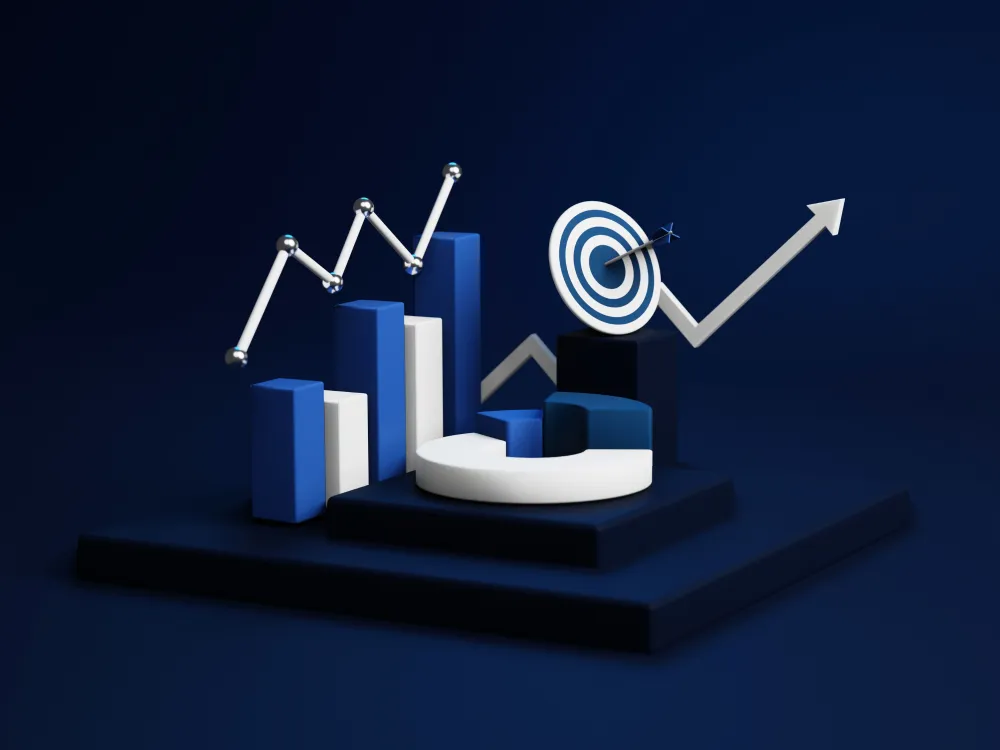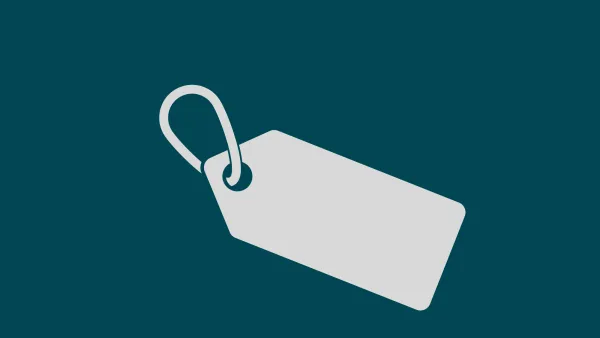
A 3D illustration of a financial graph with bars, a pie chart, and a target, symbolizing growth and success against a dark background.
Using Trend Analysis and Forecasting to Optimise Growth as a New Business
Trend analysis and forecasting refer to evaluating past data to learn about changes in behaviour/preference and predict future changes or patterns. Trend analysis is critical for effective planning, informed decision-making, and revealing new business opportunities.
Source: Pexels
Trend Analysis and Forecasting Explained
Businesses and executives like Chief Financial Officers (CFOs) can leverage trend analysis and forecasting to identify patterns within their data, providing valuable insights on consumer behaviour, preferences, and activities, which companies can utilise to enhance efficiency or capture more users.
As trend analysis involves analysing data, it’s essential that the information used is relevant, up-to-date, consistent, and reliable. Otherwise, the process can yield inaccurate or inconclusive results. If data is only partially accurate, so must any insights derived from it.
Trends can encompass many areas. They could signal changing market conditions, consumer preferences, or the desire for new technologies like enhanced payment methods.
How Trend Analysis and Forecasting Can Be Used to Identify Areas of Growth
How businesses can leverage trend analysis will vary based on industry. Data related to the checkout process, buyer behaviour, and payment preferences can help to identify shifts in payment solution trends. In contrast, purchase, inventory, and fulfilment data are helpful for predicting future demand.
Some examples of trends in various sectors include:
eCommerce
Source: Pixabay
The Internet is an important avenue for attracting customers, so most modern businesses sell products online. By analysing customer payment preferences, a company can determine trends that could help it capture more customers or increase the average cart size.
For example, eCommerce brands could notice a general trend related to the increase of crypto as a payment method and everyday currency. Based on this data, a business may implement a crypto payment gateway like Bitpace in an effort to boost sales and utilise its trend analysis effectively. As the payment gateway has no limits or borders, the business would be giving their customers increased flexibility with their payment options, whilst accommodating customer preferences.
Tourism
According to economic impact research from the World Travel and Tourism Council (WTTC), the travel and tourism industry accounts for roughly 9% of the global Gross Domestic Product (GDP). As such, it’s clear that any notable enhancements in the sector could result in significant revenue increases.
A business may notice a trend related to sustainable/ecotourism. People are becoming more conscious of their environmental impact, so offering sustainable travel options or eco-friendly accommodation could draw in more customers.
Healthcare
Following the Covid pandemic, there has been a sharp uptick in remote doctor consultations. This approach has been met with positive and negative reactions. It can make diagnoses more challenging but facilitates extra appointments, so trend analysis is key to determining what matters to people most.
Healthcare businesses may leverage trend analysis to examine the benefits of wearable tech in regard to health monitoring and emergency response. Similarly, companies could analyse the shift in sentiment toward artificial intelligence and the rise of the technology’s use in diagnostics.
Conclusion
Trend analysis is crucial for businesses to stay ahead of the market. Companies can use it to determine shifts in attitude or preference that they can leverage to enhance performance. While the data required for trend analysis will vary based on the industry, its benefits are universal.


